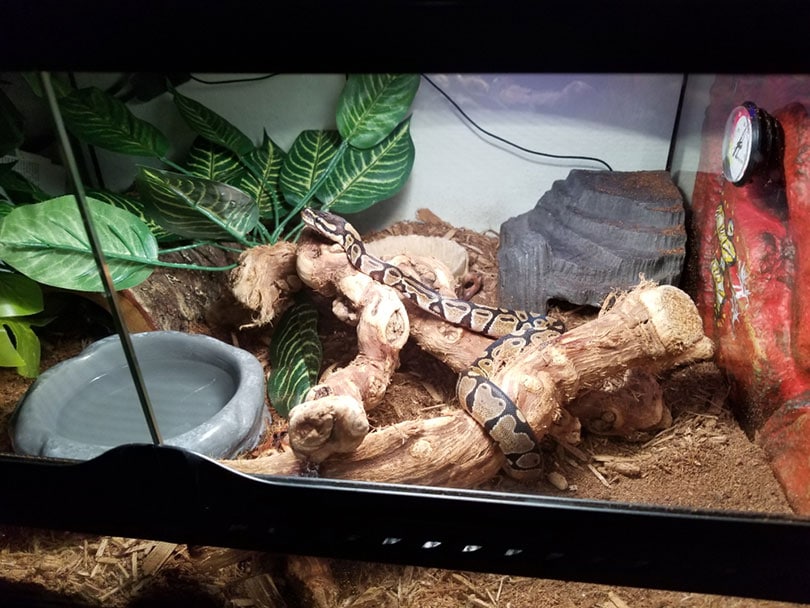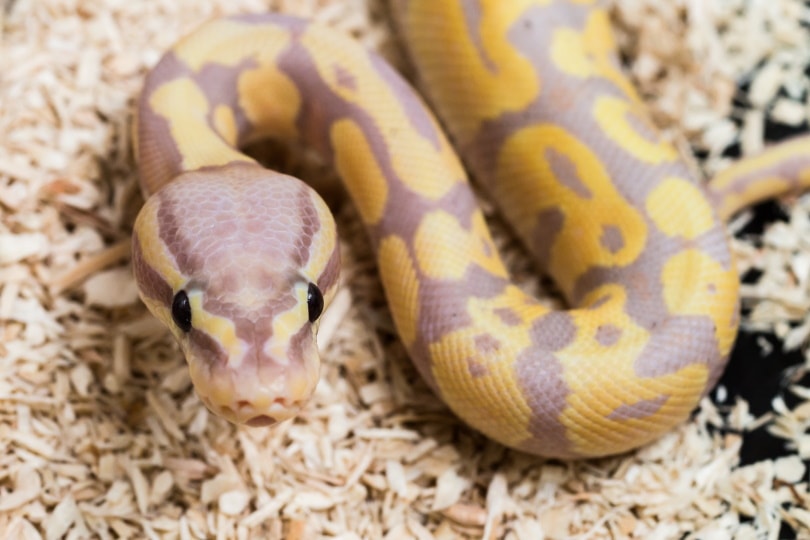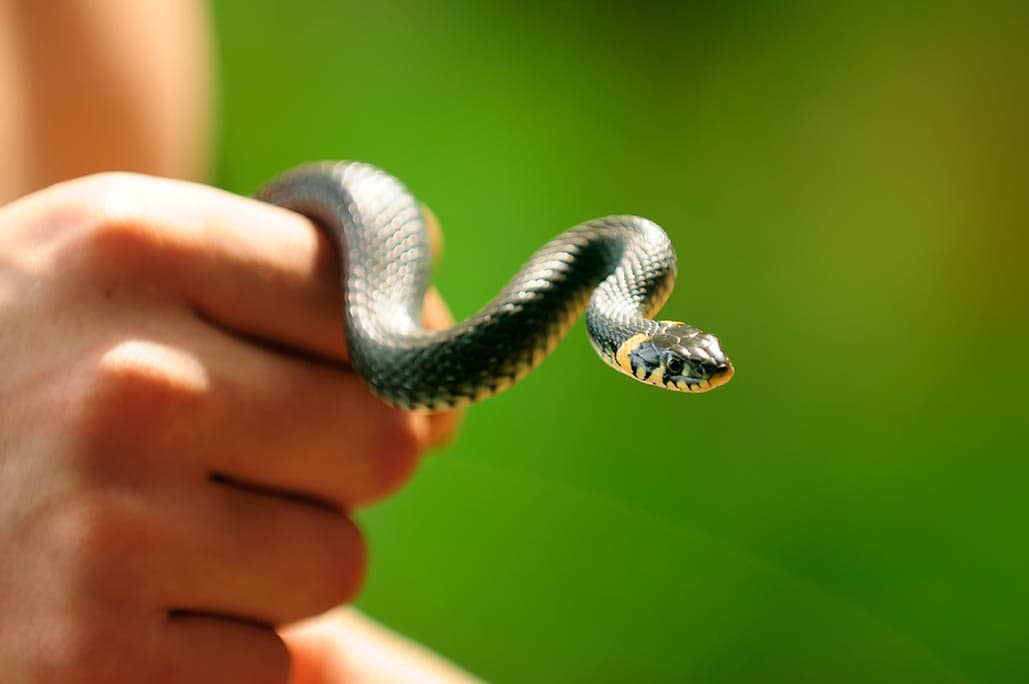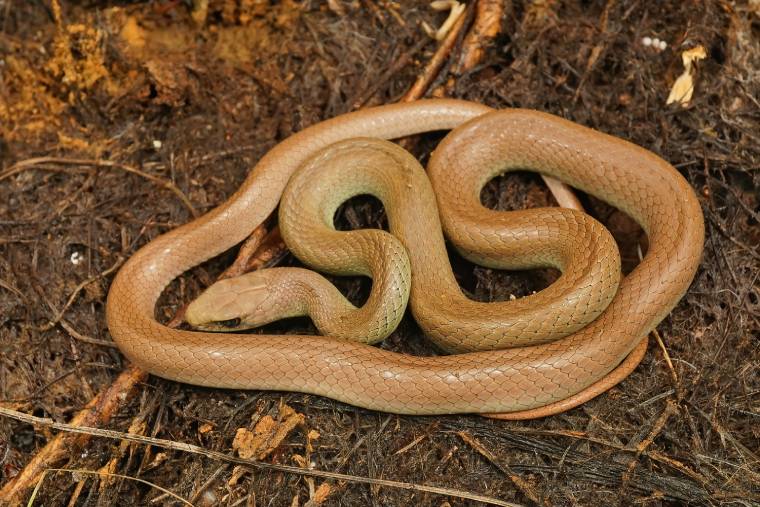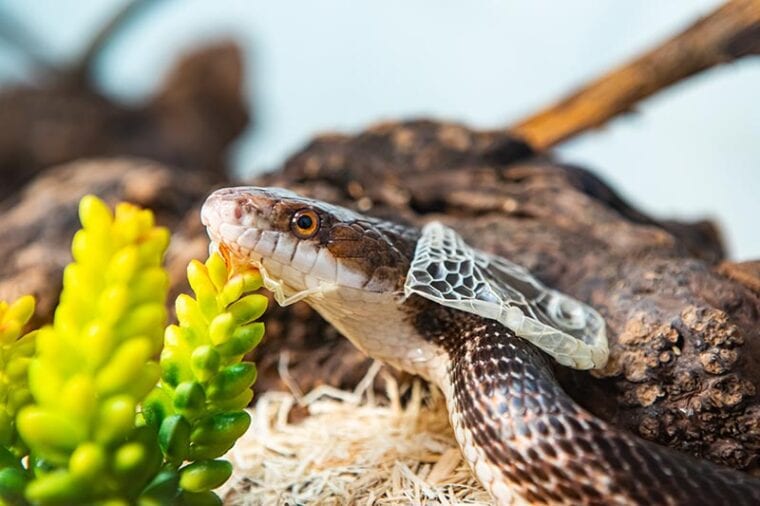
A snake sheds their skin regularly, and it can make them feel vulnerable and stressed, but it isn’t painful for a healthy snake. Moisture builds up between the new and old skin and creates a lubricating layer, which makes the process more comfortable for the snake.
Shedding is incredibly important for a snake’s health, life expectancy, and growth. In this article, we’ll discuss the shedding process, when you can safely handle your snake, and what happens if abnormal skin shedding occurs. So, let’s get started!
Signs Your Snake Is Going to Shed Its Skin
Before we get into the signs you should be looking for, you might be wondering why snakes shed in the first place. Humans shed small quantities of skin cells, while snakes shed theirs in a continuous sheet in a process called ecdysis. The rate a snake will shed depends on a few factors, like the breed of snake and their age. Adults will shed less often than younger snakes that shed every couple of weeks.
Experienced snake owners can detect when shedding is about to occur. But if you’re a first-time owner, some signs of a skin shed might seem concerning; rest assured that everything we’ll mention next is completely normal:
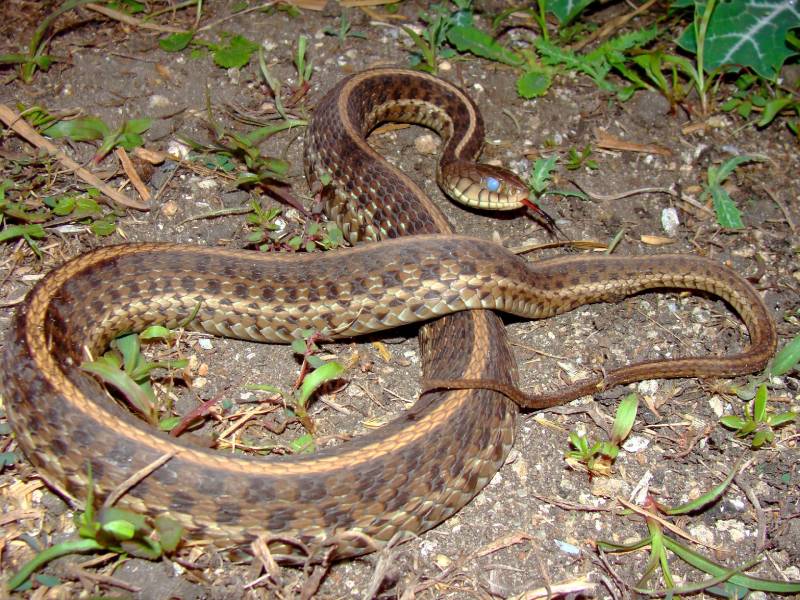
Abnormal Skin Shedding
Abnormal or incomplete shedding is known as dysecdysis and generally indicates a health or habitat problem. The most common causes are poor husbandry and malnutrition, but other causes include trauma, over-handling, and mishandling. If your snake suffers from a bacterial infection, dermatitis, parasites, or mites, they could cause dysecdysis. The signs of the condition include the following:
You can help your snake shed their skin, but you need to do so safely. If you are unfamiliar with how to help, it is best to take your snake to the vet. Even if you can do this successfully yourself, you need to plan a trip to the vet to get to the bottom of what is causing the dysecdysis.
Preventing Shedding Problems
Shedding skin can be stressful for some snakes, and there are a few things you can do to make the process much easier, such as:
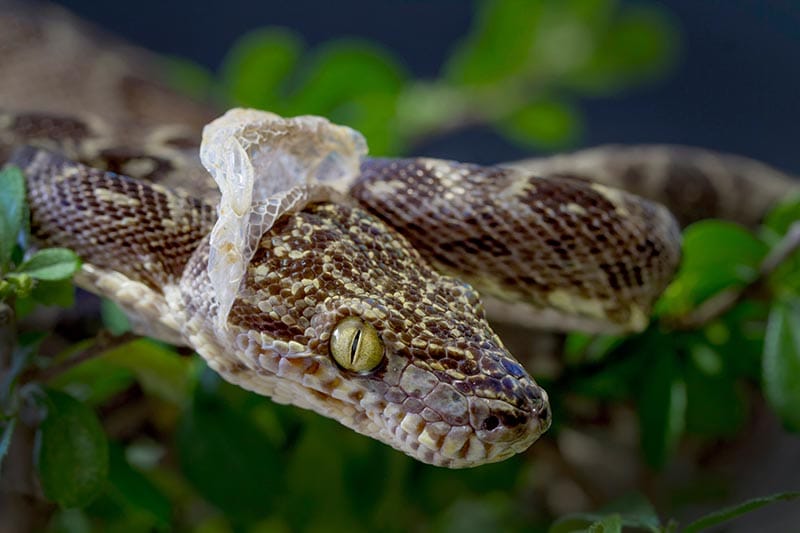
How Soon After Shedding Can You Handle Your Snake?
You can generally handle your snake once their finished shedding. They will make it evident that they want to be handled again by coming out from their hiding place and moving around the tank. You’ll notice their new skin is bright and soft.
Before you handle them, consider feeding your snake first, as shedding takes a lot of energy. A hungry snake might be irritable or even mistake your hand for food, so feed them and give them time to digest it before handling them again.
If your snake has retained skin or has been injured while shedding, avoid handling them. Some snakes can be a little sensitive after shedding. Your snake will make it obvious that they don’t want to be handled by hissing, moving away, or striking you. Some breeds might rattle their tails and vibrate.
Final Thoughts
Shedding their skin doesn’t hurt a healthy snake but can cause anxiety, so making the process as seamless as possible for your snake is essential. Avoiding handling them too much and providing appropriate enclosure accessories are examples of how you can help.
If the shed hasn’t been successful, it can be painful or uncomfortable for your snake and require a vet trip. Your vet can determine what is causing the issue and provide treatment that will help them complete the shedding cycle.
Featured Image Credit: Valmedia, Shutterstock


